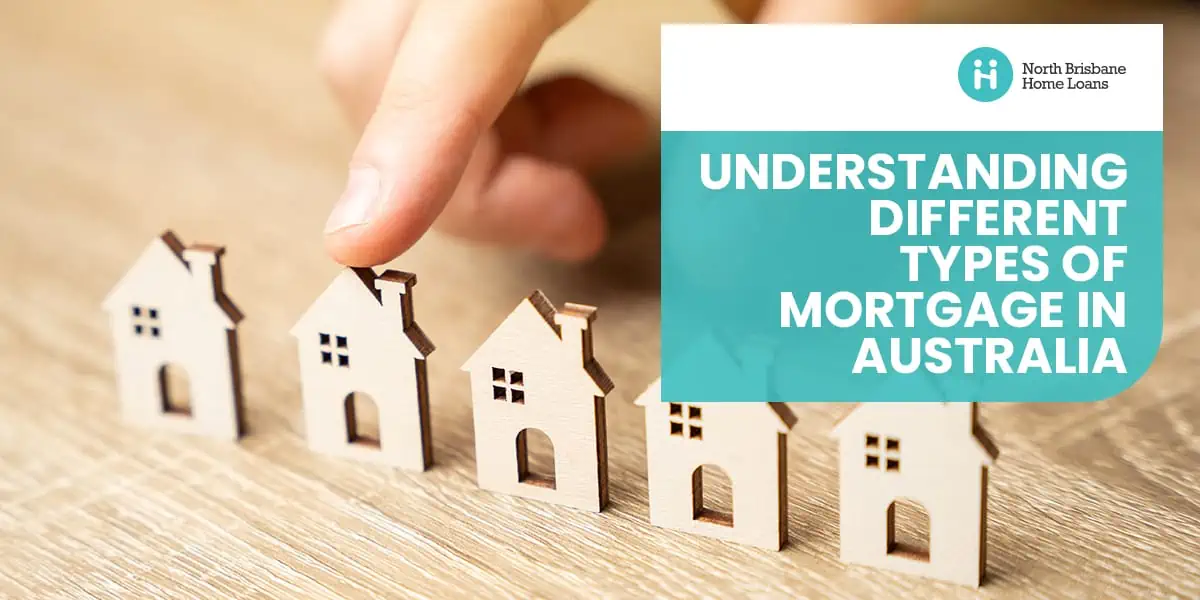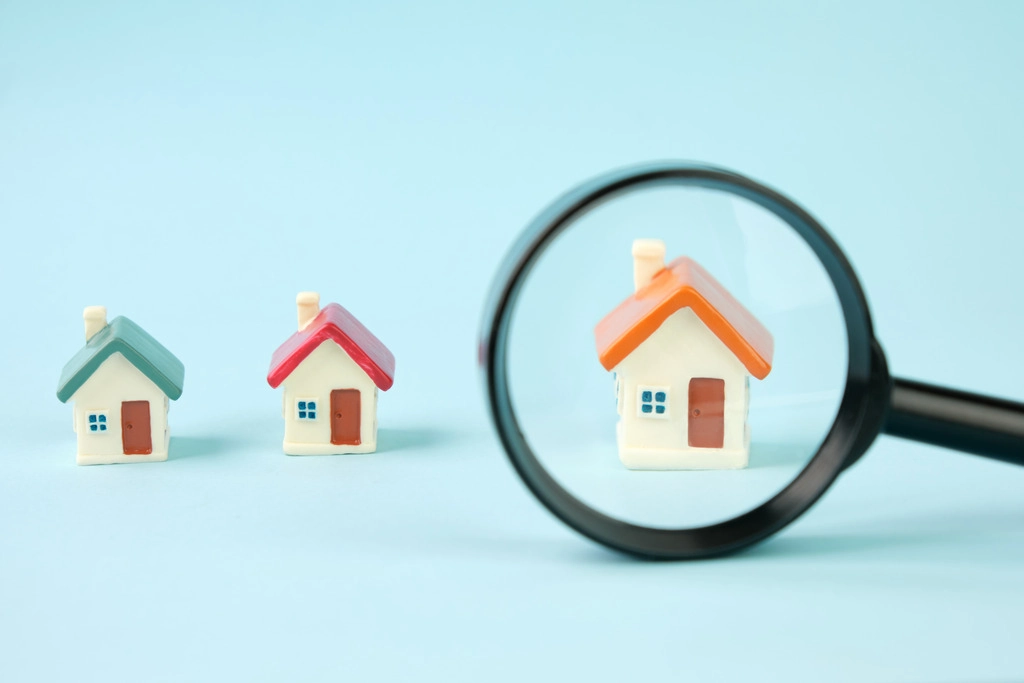Understanding Different Types of Mortgage in Australia
There are many different types of mortgage products in Australia. How do you know which one will be right for you? When choosing a home loan lender, it’s important to make a decision based on your personal circumstances.
While friends, family, and colleagues will offer all kinds of mortgage advice, the fact is that their expertise will usually be limited to personal experience. They may know what mortgage types were suitable when they applied for a home loan, but are your current circumstances identical to theirs? And have market conditions remained entirely unchanged?
The most likely answer to these questions is “no!”. So, how do you make a smart financial decision? The first step is to get a clear understanding of the different mortgage types Australia has for you.
Types of Mortgage Available in Australia
There is a diverse range of mortgage types in Australia that have been designed to cater to individual preferences. These include:
- Fixed and variable rate mortgages: Traditional home loan types that offer either a set or changeable interest rate.
- Interest-only mortgages: Allow borrowers to pay only the interest for a specific period, offering flexibility in the initial years.
- Offset accounts: Where savings are linked to the home loan, reducing the interest payable.
- Package loans: A bundle of various financial products for added convenience and cost savings.
Beyond these, lenders in Australia also offer unique home loan features, such as the ability to make extra repayments or access redraw facilities. This diverse landscape makes it easier for you to tailor your home loan to your specific needs.
But the sheer variety can also make sifting through the various mortgage types in Australia a little overwhelming. That’s why the smart thing to do is consult with a professional mortgage broker.
Types of Mortgage Products: Fixed vs Variable
While there are literally hundreds of different home loan types to choose from, most will fall into one of the following two categories: a variable-rate home loan or a fixed rate home loan. What are the key differences between these different types of mortgages, and how can you decide which one is the best option for you?
Variable Rate Mortgage Types
Also known as a variable-interest mortgage, variable-rate home loans come with a changeable interest rate that could move up or down depending on the official cash rate set by the Reserve Bank of Australia (RBA). This kind of mortgage has the potential to save you money over the life of your loan, but it does depend on the current financial climate.
Back in November 2020, the RBA cash rate was slashed to a historic low of 0.10%, and thousands of borrowers with variable interest rates benefited from reduced monthly repayments. Some borrowers used this as an opportunity to make higher than necessary repayments, thereby lowering the principal portion of their home loan.
However, with variable-interest home loan types, it’s always possible that your monthly repayments will go up if the RBA cash rate is increased. From May 2022 to November 2023, the official cash rate climbed steadily to 4.35% (in a bid to curb inflation). As a result, the monthly repayments on variable interest rate home loans also increased.
This demonstrates why you need to ensure you can still meet your monthly repayments, not just when the cash rate is low but also in the face of multiple rate rises.
Fixed Rate Home Loan Types
A fixed interest mortgage will usually come with a set period of time where your interest rate is guaranteed to stay the same. This type of home loan has a slightly higher interest rate but a greater level of certainty – borrowers know exactly how much they’ll owe each month and can budget accordingly. In the event of multiple interest rate rises, a fixed rate mortgage could end up saving you a substantial amount of money.
The downside to fixed interest types of mortgages is that they are generally a little more restrictive when it comes to making additional repayments. To get around this, some borrowers will opt for a home loan that is partially fixed and partially variable. The variable portion allows them to make added repayments, while the fixed portion makes it easier to budget.
Fixed rate home loans will only offer a set interest rate for a specific time period (typically 1–5 years). At the end of the fixed rate period, the mortgage will automatically roll over to the lender’s standard variable rate.
What Other Home Loan Types Are Available?
Besides the basic fixed and variable rate home loans, what other types of mortgage products are available in Australia?
Interest-Only Mortgages
These allow borrowers to pay only the interest portion of the loan for a specified period (usually 5–10 years). This lowers initial monthly payments, making them ideal for those seeking temporary affordability (such as investors aiming for tax benefits or borrowers anticipating increased future income). Careful consideration of long-term financial plans is crucial when opting for this mortgage type.
The funny thing about interest only loans is that whilst your payments per month are lower (as it is interest-only, not principal payments), you can actually borrow less from the lender. This is because they assess the payments over the residual term of the loan to pay it back. Example: Say you have a 30-year loan term, and the first 5 years is interest only. Then the lender assesses repayments based on the residual term of 25 years, not over 30 years. Which is fine if you have plenty of income capacity, but not so good if your income is tight (which is why some people are looking at interest only to start with).
Offset Accounts
Offset accounts are transaction accounts linked to a mortgage where the balance offsets the loan amount, reducing interest payments. For example, with a $300,000 loan and $50,000 in the offset account, interest is only charged on the $250,000 balance. This leads to lower interest costs and quicker loan repayment.
Package Loans
Package mortgage types bundle various financial products together. For example, a package loan may include your home loan, credit cards and insurance under a single bundle. This consolidation provides added convenience and can deliver potential cost savings thanks to discounted interest rates and reduced fees.
Get Professional Advice on the Different Types of Mortgage Available
There are countless different types of mortgage products, each with its own unique list of pros and cons. How can you determine which of the mortgage types in Australia is right for you? Start by talking to an experienced broker. At North Brisbane Home Loans, our team has over 90 years of combined experience in the finance industry, making us the ideal choice to guide you through the complex landscape of home loan types.
To find out more about which mortgage types would best suit your current needs, book an appointment with North Brisbane Home Loans today.








